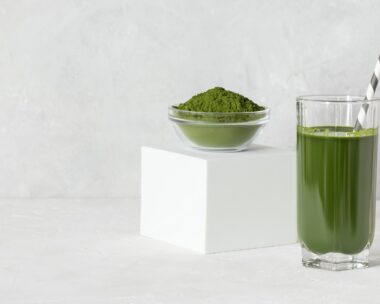Suffering stomach pain, bloating and odd bowel movements? You could be lactose intolerant.
What is lactose intolerance?
Lactose is a sugar in milk that is broken down by our digestive system using an enzyme called lactase.
If you have insufficient lactase, your stomach and intestines can’t effectively break down the lactose, which can lead to cramps, bloating and diarrhoea.
Some people can handle a certain milk threshold before symptoms strike, so detecting a lactose intolerance can be tricky.
Am I lactose intolerant?
Lactose intolerance, irritable bowel syndrome and gluten intolerance can have similar symptoms, so it’s worth seeing a dietitian if you’re having tummy troubles.
“Dietitians are like detectives,” says Kate Gudorf, spokesperson for the Dietitians Association of Australia. “We can look at the overall diet and begin to see whether it seems like lactose intolerance or something more complex.”
If they suspect lactose intolerance, they’ll put you on a lactose-free diet for a week or two.
“If your diarrhoea, cramping and wind goes away, you can generally assume lactose was the issue,” Gudorf says.
While cutting dairy products for a week might seem like something you can DIY, Gudorf says your dietitian will help you ensure you’re still getting adequate nutrients.
“We’ll make sure you’re not missing out on the essential nutrients like calcium, protein and phosphorous,” she explains.
The coeliac problem
Some people develop lactose intolerance as a result of their coeliac disease (gluten intolerance), so if they can sort out their gluten problem, they can tolerate milk again.
“We have little finger-like projections in our intestine called villi, which flatten when they are exposed to gluten in people who have coeliac disease,” Gudorf explains.
“On the villi is where the actual lactase is produced, so if coeliacs are eating wheat, the villi flatten and they lose the surface area to produce the lactase enzyme. Once they take gluten out of their diet and their villi begins to re-grow, their lactose intolerance often disappears.”
How can I feel better?
In the past 30 years, the quality of soy products has improved, with delicious milks, yoghurts and ice-creams now available.
“There are more substitutes available so more people are opting for a substitute even if they have minimal issues digesting lactose,” Gudorf says.
Lactose can be hidden in all sorts of food products, so you need to know your labels if you want to avoid dairy.
“It’s often in protein bars and protein shakes,” Gudorf points out. “Look for things like whey, milk solids and casein on product ingredient lists.”
Milk can also be used in biscuits, cakes, muesli bars, breads and quiches — so if you’ve given up milk but are still getting symptoms, it’s worth eliminating these foods and clarifying any ingredients with restaurant and café staff when eating out.




